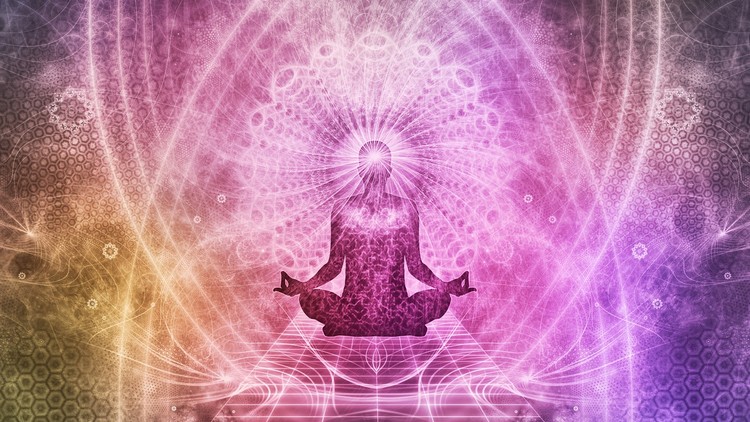Meaning of Yoga. Is it Meditation Or Exercise?
Exploring Yoga: Meaning, Types, and the Power of Niyama
In the serene mornings of traditional India, women create intricate patterns known as kolam or rangoli using rice flour, connecting dots with lines, much like the way we connect stars to form constellations. This simple act mirrors the essence of yoga – the art of aligning and connecting to unlock the boundless potential within. But what is yoga? Have you heard of “yamas” and “niyamas”?
What is Yoga? A Journey of Alignment
At its core, yoga signifies alignment. It’s about harmonizing elements, whether they are two body parts, two objects, or two concepts. In Indian astrology, when stars and planets align to create a favorable pattern, it’s referred to as “yoga.” Similarly, in social contexts, “yoga” signifies the convergence of seemingly disparate elements to achieve success.
The Many Dimensions of Yoga
Yoga takes on various meanings depending on the context. It can denote the alignment of mind and body or simply the coordination of different body parts. It might refer to the balance between front and back, left and right, or upper and lower body segments. For some, it represents the connection between an individual and society, while for others, it signifies the bond between two people, whether it’s between spouses, parents and children, teachers and students, or friends. In a spiritual sense, yoga symbolizes the connection between the devotee and the divine.
Diverse Paths to Connection
Yoga encompasses diverse paths to establish these connections. “Karma yoga” emphasizes connecting through action, aligning individual efforts with broader social objectives. “Bhakti yoga” focuses on emotional connection, be it with a person or a personal deity. “Gyan yoga” is intellectual in nature, while “hatha yoga” centers on the physical. “Tantra yoga” finds significance in rituals and symbols, weaving the sacred into the mundane.
Beyond Asanas: The Essence of Niyama
Contrary to popular belief, yoga is not solely about physical postures (“asanas”). Asanas come third in the eight-limbed path of Yoga, as described by Patanjali, following “yamas” or abstinence and “niyamas” or observances. Let’s delve into the second limb of yoga, Niyama.
Niyama: The Path of Inner Observance
Niyama, a Sanskrit term for duty or observance, plays a crucial role in yogic philosophy. In Patanjali’s Yoga Sutras, he outlines five niyamas as part of the second limb of yoga. These practices focus on inner observance, applying ethical codes to one’s mind, body, and spirit, fostering a positive internal environment.
The five yoga niyamas are:
1. Saucha: Purification and clarity of mind, body, and communication. This acknowledges the impact of one’s external surroundings on internal purity.
2. Santosha: Contentment and acceptance of the world and oneself, free from cravings and suffering.
3. Tapas: Intense self-discipline and willpower, even in discomfort, for positive transformation.
4. Svadhyaya: Self-study and self-reflection, exploring one’s identity in the moment and connection with the Divine.
5. Ishvara Pranidhana: Surrender and contemplation of the Divine, dedicating one’s work to a higher power and transcending ego-driven desires.
Embark on Your Yogic Journey
Whether you’re a seasoned practitioner or a beginner, yoga welcomes all to align, connect, and explore their limitless potential. At Akshi Yogashala, we embrace yoga in all its dimensions, offering a supportive environment for your journey. Join us for a transformative experience, and unlock the best yoga teacher training in India. Your path to inner alignment and connection starts here.


